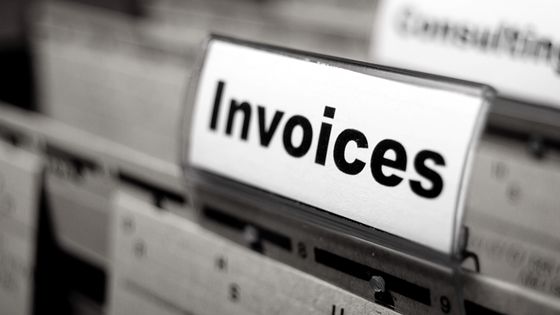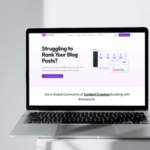A complaint common among many small business owners is the never-ending chasing of overdue invoices. With most Australian SMEs waiting on average 38 days for invoices to be paid, a week longer than they were a year ago, it’s a cash flow challenge that can seem out of your hands.

The financial reality is you need to be paid by your debtors – and preferably on time – but we’ve all been left in a situation where the due date passes and there’s still no money in the bank account. Research shows nearly one-third of Australian business owners spend eight hours a week collecting late payments.
So how do you best approach overdue invoice payments?
Optimise Your Systems
The best way to avoid overdue invoices is to prevent them from happening in the first place. When you start working with a new client or accounts contact make sure you’re clear about your payment expectations and understand their usual pay cycle. This is the opportunity to negotiate mutually suitable terms that work for both sides.
Consider implementing an online accounting system which includes e-invoicing. Electronic invoices ensure an accurate record is kept and that the recipient has all the required information to make their payment instantly. It also gives you the ability to configure automatic reminders as soon as the invoice is due or late for payment.
Make sure you record all invoice communication through email or a call log so it’s clear and visible what has occurred to seek invoice payment. This becomes even more important if you do need to hand the matter to a debt collection agency.
Invoice Chasing
Pick your timing when it comes to chasing late invoices. This may depend on the client, and while you are well within your rights to chase an invoice as soon as it falls due, consider sending a follow-up email or a reminder a few days after the due date. This allows some leeway and takes into account delayed bank transfers, cheques and simple mistakes such as forgetting to make the payment. A polite reminder email is the best place to start including all the right information and addressed to the right person. The easier you can make it for the client to pay – the less friction in the way leading to further delays. Most cloud-based accounting platforms provide automated invoice reminders which allow the user to tailor the messaging at each touch point.
The Follow Up
There will be times when a polite reminder doesn’t work and you’re still left with an outstanding invoice. Start by sending another email, clearly stating that you are requesting payment due (this makes sure there’s a written record of the request). The next step is to get on the phone. It can be easy to ignore an email but it’s harder to turn a blind eye to a voice on the phone. It’s more conducive to having a positive discussion and driving a result. Explain your situation and work together with your debtor to agree on a time for them to make payment.
If they refuse the request or fail to respond now might be the time to implement a late payment fee or accumulate interest on the amount owed. There are requirements and restrictions surrounding this process so make sure you’re across applicable late payment laws and know your rights. Your late fees must be reasonable to cover the loss your business has incurred by not being paid on time.
The final recourse is to refer to a debt collection agency. If the value of the payment is high enough, enlisting the help of a professional agency might be what you need to get the job done. Another option is to start a court case by lodging a statement of claim. This is a legal document that sets out how much your claim your debtor owes you and is lodged with the Courts. This will force the debtor to respond as a failure to do so will result in the Court awarding your claim.
Reduce the Impact of Late Payments
If you find yourself often dealing with late payments it might be worth looking at alternatives to reduce the financial impact and strain those delays are putting on your business. A reliable source of working capital is vital to seize growth opportunities, fulfilling customer orders and paying staff.
Invoice financing allows you to have up to 90% of your verified outstanding invoice amounts paid up front, often within 24 hours. When your customer pays and the funds are received by your debtor finance provider, they’ll remit the remaining 10% minus a small fee to compensate for early funding. It effectively bridges the cash flow gap between a sale being made and cash for that sale actually being received. Instead of waiting between 30 and 90 days for a customer to pay, your business can access the cash immediately giving you peace of mind and the cash flow to continue business operations.
Debtor finance is an inexpensive and scalable funding solution that grows as your business does. Furthermore, many invoice finance facilities will include Trade Credit Insurance as a benefit, meaning should your debtor have an insolvency event, rather than losing those funds, the insurance policy will respond and payout against the outstanding invoice value.
Chasing invoices, whilst a chore is important because your clients need to know that you value your work, goods and services. Managing them effectively and taking the stress out of late invoices is vital as it will leave you more time to run your business, plan future strategy and enjoy your success.























